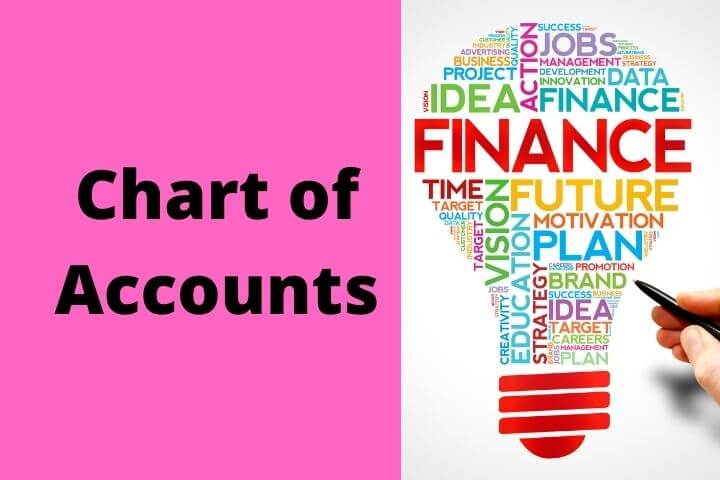Inventory Management System Techniques Examples
Inventory management plays a vital role in every organization for Raw material purchased for use in the production and manufacturing of goods that are converted into finished products. Firm applies different manufacturing process in work in process that is currently used in production in which raw material that converted it into finished goods. After the work in progress, the raw material converted into finished goods but not yet sold by the firm. The different departments within a firm (finance, production, marketing, etc). Often have differing views about what is an appropriate level of inventory.
Inventory Management System Key Features
Financial Managers
A financial manager would like to keep inventory levels low to ensure that funds are wisely invested. This relate to financial Accounting.
Marketing Managers
The marketing manager would like to keep inventory levels high to ensure order could be quickly filled.
Manufacturing manager
Manufacturing manager would like to keep raw materials levels high to avoid production delays and to make larger more economical production runs.
The success of Business Depends on the best management system, the more efficient entrepreneurship process the more success to the business. A guide is there how to be successful in business for business development.
Techniques for Managing inventory
1) The ABC system
- The ABC system of inventory management divides the inventory into three groups of descending order of importance based on the dollar amount invested in each.
- A typical system would contain, group a would consist of 20% of the items worth 80% of the total dollar value, group B would consist of the next largest investment and so on.
- Control of the A items would intensive because of the high dollar investment involved.
- The economic order quantity (EOQ) model. EOQ = (2*S*O/C) 1/2
Where:
S = usage in units per period (year) O = order cost per order
C = Carrying costs per units per period (year) Q = order quantity in units
2) The economic order quantity (EOQ) Model
Assume that KJB Inc…uses 200 units of an item annually. Its order cost is $ 25 dollar per order and the carrying cost is 1$1 per order.
EOQ = 2*200*$25/$1 = 100
The EOQ can be used to evaluate the total cost of inventory. Ordering costs cost/order*#of order/year
Carrying cost = carrying costs/ years*orders size/2 Total cost = ordering cost + carrying cost
3) The reorder point
Once a company has calculated its EOQ, it must determine when it should place its orders. More especially the order point must consider the leads time needed to place and receive orders. If we assume that inventory is used at a constant rate throughout the year (no seasonality), the reorder point can be determined by using the, following equation
Reorder point = leads time in days * daily usage
Daily usage = annual usage/360
4) Just-in-time (JIT) system
- The JIT inventory management system minimizes the inventory invested by having material inputs arrive exactly at the time they are needed for production.
- For a JIT system to work extensive coordination must exist between the firm it’s suppliers and shipping companies to ensure that material input arrives on time.
- In addition, the inputs must be of near-perfect quality and consistency gave the absence of safety stock.
5) Computerized system for resource control
- MRP system is used to determine what to order when to order and what priorities to assigning to ordering materials.
- MRP uses EOQ concepts to determine how much to order using computer software.
- Its simulates each product bill of the material structure all of the product parts, inventory status and manufacturing process.
6) Account receivable management
The second component of the cash conversion cycle is the average collection period. The average length of the time a sale on credit until the payment becomes usable funds to the firm. The collection period consists of two parts. The time period from the sale until the customer mails payment and the time from when the payment is mailed until the firm collects funds in its bank account.
7) The five Cs of credit
- Character: the applicant’s record of meeting past obligations.
- Capacity: the applicant’s ability to repay the requested credit.
- Capital: the applicant’s debt relative to equity.
- Collateral: the number of assets the applicant has available for use in securing the credit.
- Conditions: current general and industry-specific economic conditions.
8) Credit scoring
Credit scoring is a procedure resulting in scoring that measures an applicant’s overall credit strength, derived as a weighted average of scores of various credit characteristics. The Procedures result in a score that measures the applicant’s overall credit strength, and the score is used to make the accept / reject decision for granting the applicant credit.
9) Changing credit standards
The firm sometimes will contemplate changing its credit standards to improve its returns and generate greater value for its owners. Effective Communication process plays a vital role there.
Effect of relaxation of credit standards
| Variables | Direction of change | Effect on profit |
| Sales volume | Increase | Positive |
| Investment in account receivable | Increase | Negative |
| Bad-debt expenses | Increase | Negative |
Changing credit terms
- A firm’s credit terms specify the repayment terms required of all of its credit customers.
- Credit terms are composed of three parts.
- The cash discount
- The cash discount period
- The credit period
For example, with credit terms of 2/ 10 net 30, the discount is 2%, the discount period is 10 days and the credit period is 30 days.
10) Credit Monitoring
- Credit monitoring is the ongoing review of a firm’s accounts receivable to determine whether customers are paying according to the stated credit terms.
- Slow payments are costly to a firm because they lengthen the average collection period and increase the firm’s investment in accounts receivable.
- Two frequently used techniques for credit monitoring are the average collection period and ageing of accounts receivable.





